In the field of architectural design and research, societal transformations, technological passages, and ecological imperatives stands at an important crossroads. The design must not only adapt but thrive in response to the evolving needs of communities, organizations, and individuals. To achieve this, we must adopt a paradigm of innovation driven by profound insights and dedicated architectural research. It drives us to our commitment to architectural research, ingraining it deeply within our cultural ethos. It provokes us to expand our acquisition in this field and recognise its role in enhancing experience. At the same time, it also helps one minimise costs, and optimise resources. Only through advancement and exchange of findings can one truly elevate the quality of life and shape a sustainable future. Architectural research is not just a document but a call to action.
What is Architectural Research?
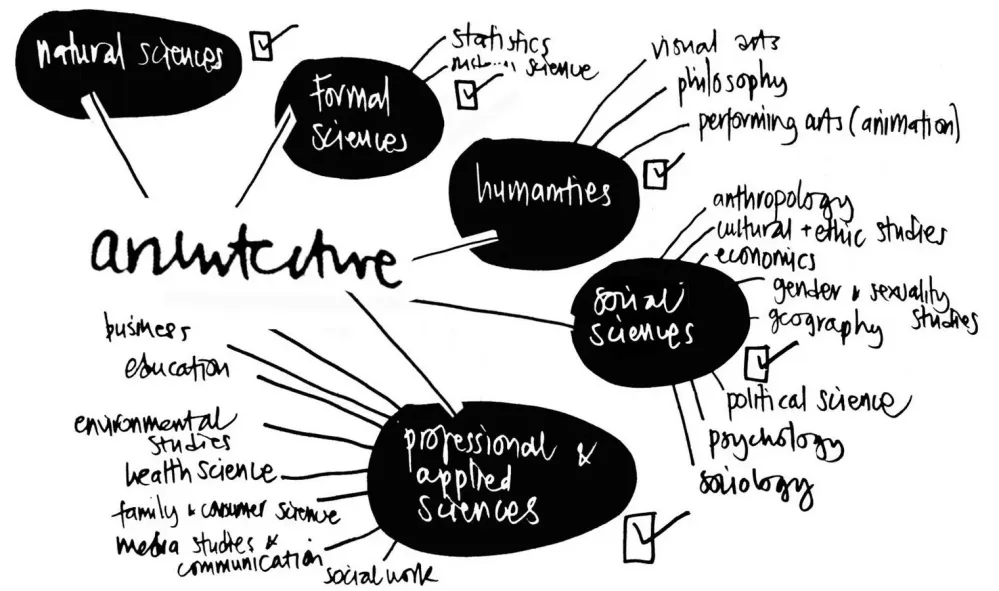
Writing acts as transmission in an articulated way composed of various expressions to relate to the reader. Architecture is the profession of crafting new ideas and experimenting with them, considering the future possibilities and well-being of people. Despite the key role architects play in shaping our built environment, introspections in architectural research remain disproportionately low in India. This is especially true when compared to fields like engineering, materials science, and product development.
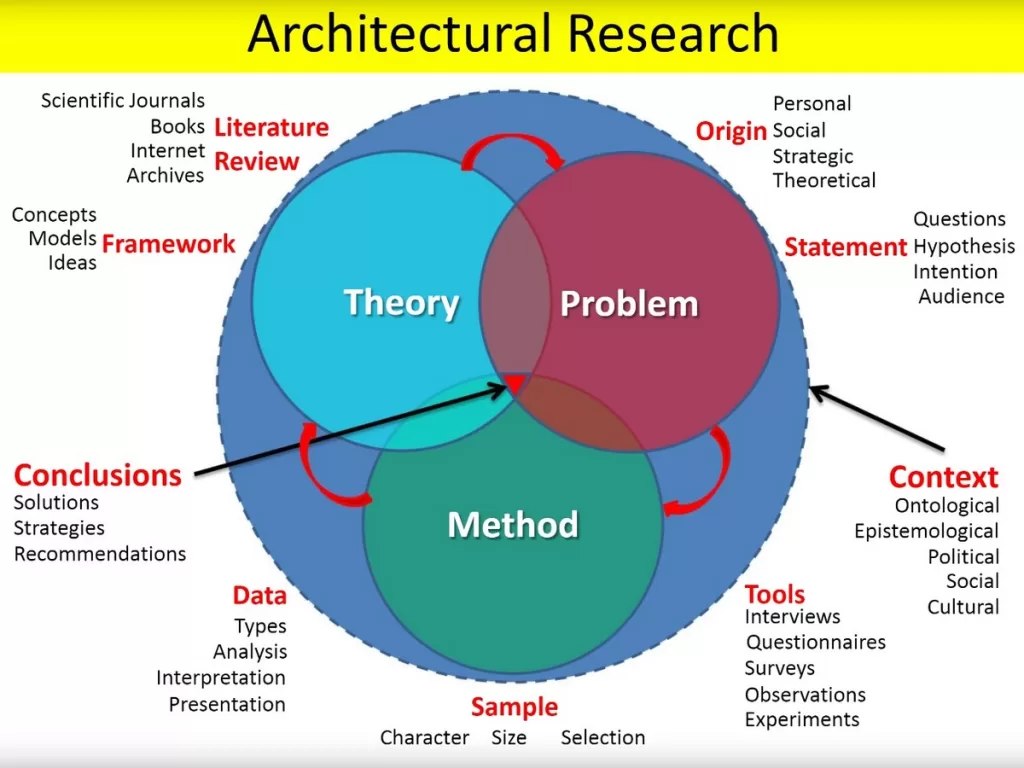
Architects have different methods of experimenting with some sketches, drafting, and assembling models to enhance the space, while others digitalize it, construct 3D models, and use animated videos or VR to feel the space intimately. Research in the architecture profession is very rare, and very few people experiment with it. Understanding and analyzing the thoughts behind the idea creates a narrative to be explained and experimented with. The importance of research in architecture implies a deep understanding of various subjects of philosophy, psychology, literature, art, and culture.
Types of Architectural Research
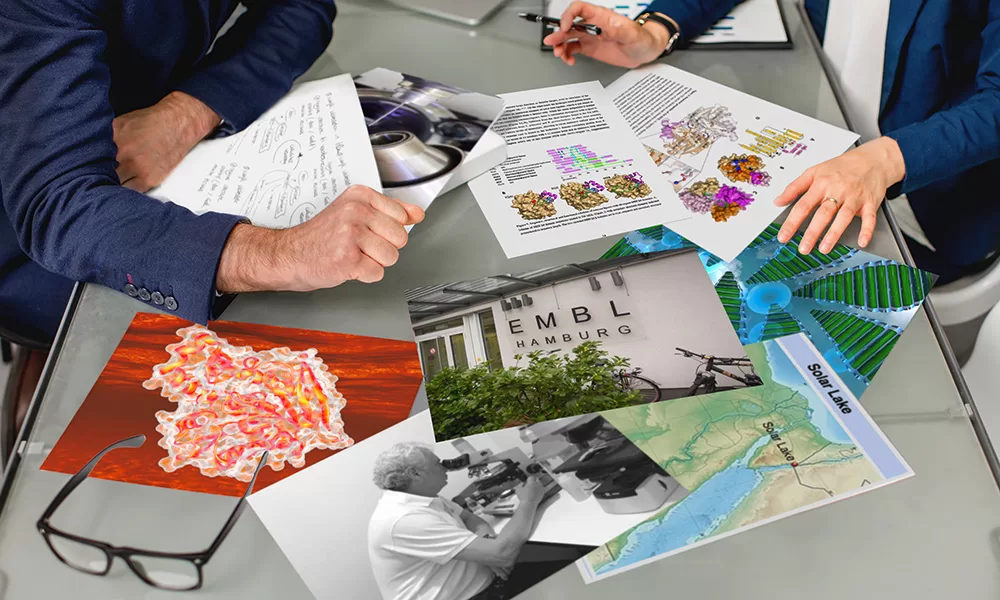
1. Historical research
Historical research in Indian architecture examines various styles, structures, and designs across different epochs. It involves deciphering ancient manuscripts, intricate drawings, building plans, and visiting monumental sites.
2. Comparative research
Comparative research explores the diverse techniques, forms, and techniques across the subcontinent. This dynamic landscape enriches our understanding of the built environment and promotes sustainable, contextually relevant design solutions that resonate with India’s cultural fabric.
3. Case study research
Case study research provides an immersive investigation of iconic buildings and their journey from conception to completion. Through on-site visits, interviews, and document analysis, readers gain a profound understanding of the process, design philosophies, and implementation processes that shaped these architectural wonders.
4. Experimental research
Experimental research digs for creativity and ingenuity through meticulous testing and experimentation of diverse architectural solutions. This approach fuels sustainable design solutions and promotes social change.
5. Theoretical research
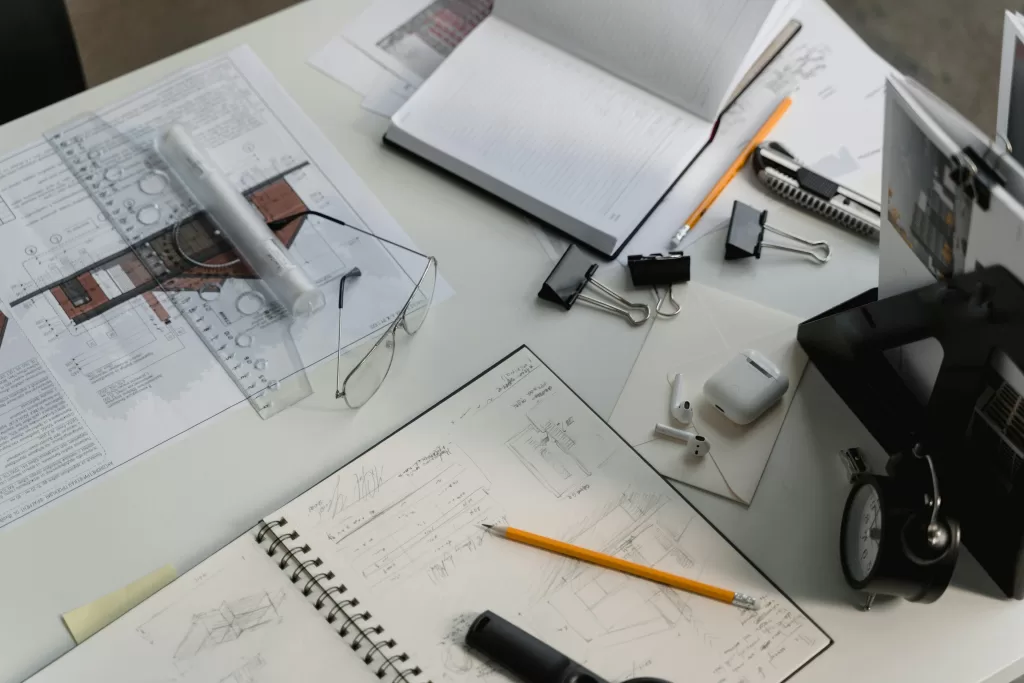
Theoretical research analyses the intersection of tradition and innovation, developing new theories and concepts to understand the complexities of architectural design. Through theoretical research, architects and scholars explore form, function, and meaning in Indian architecture.
6. Descriptive Research
In the realm of Indian architectural inquiry, this form of research entails delineating the attributes of a particular architectural marvel or phenomenon. The aim is to delve deeply into the subject to attain a comprehensive understanding.
7. Predictive Research
Indian architectural foresight anticipates future trends and advancements by combining contemporary advancements, ancient wisdom, and predictive methodologies to envision the future of architecture.
8. Ethnographic Research
Ethnographic research in Indian architectural ethos trolls the interaction between individuals and their built environment, helping architects understand people’s usage and preferences, and enhancing the design process.
9. Applied Research
Indian architectural practice utilizes applied research to address practical challenges and improve building conception, construction, and utilization, often incorporating insights from various disciplines for holistic solutions.
10. Empirical Research
Indian architectural methodology involves detailed observation, experimentation, and experiential learning to collect data on designs and methods, enhancing understanding and refinement of the art.
How To Find A Topic?
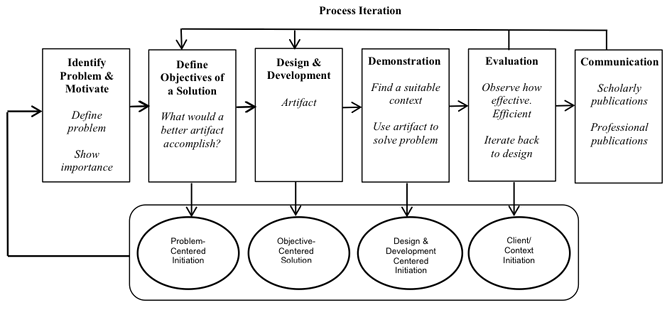
- Recall your architectural interests, such as sustainable, historical, urban, or technology-related fields, to narrow down imaginable research topics and explore your passion for architecture.
- Endures architectural trends and problems by reading academic journals, attending gatherings, and following architectural news to identify emerging topics for further exploration.
- Create a research agenda by considering architecture’s design theory, construction techniques, cultural influences, and environmental impact.
- Explore unanswered questions in architecture research by identifying gaps and considering how your research could contribute to addressing them.
- Discuss ideas with peers, professors, or mentors in architecture to gain valuable feedback, and refine your ideas.
- Explore interdisciplinary approaches to architecture, considering intersections with other disciplines like sociology, anthropology, environmental science, psychology, or technology, and visit local and international architectural sites for innovative research topics.
- Research architectural sites for inspiration, considering unique design features, historical significance, cultural influences, and environmental considerations.
- Research topics with practical relevance are often more compelling and impactful, as they often have real-world applications or implications for the architectural profession.
- Openly study new ideas as you gather more information and feedback.
Elements of the Research Process

- Identifying the Research Question: The initial step in any research process involves identifying specific, relevant, and guiding research questions.
- Literature Review: A literature review is a crucial process that involves examining various academic sources to identify intervals, understand different perspectives, and enhance existing research on a specific topic.
- Formulating Hypotheses: Hypotheses or objectives based on research question and literature review findings will guide the methodology and determine the direction of the investigation.
- Research Methodology: Selecting the right research methodology is crucial for effective data collection and analysis, whether it’s qualitative or quantitative.

- Data Collection: Collect data through interviews, surveys, or archival documents, adhering to ethical principles and obtaining necessary permissions for sensitive information.
- Data Analysis: Analyze collected data to draw conclusions and insights, perform statistical analyses, and interpret data according to the research question and objectives.
- Interpretation and Discussion: Analyze data, decipher findings, discuss essences, contribute to the architecture field, and address challenges encountered during research.
- Conclusion and Recommendations: It summarizes the main findings, emphasizes their significance, and suggests future research directions, while also offering recommendations for practitioners.
- Documentation and Reporting: Document your research process and findings in a clear, organized manner, including writing a report, creating visual presentations, or publishing in academic journals.
Research Process, Case Studies and Methodology
Research Process

A literature review of Indian architecture is fundamental for understanding its historical developments, regional styles, contemporary trends, and sustainability practices. Identifying research interludes is required, such as in architectural styles or urban planning challenges. Selecting relevant case studies is crucial for answering these questions. Data collection through methods like site visits, interviews, and surveys is necessary, as is analyzing the collected data using qualitative or quantitative methods. The findings should be interpreted in the context of the research questions, drawing conclusions and suggesting recommendations for future research or architectural practice.
Case Studies
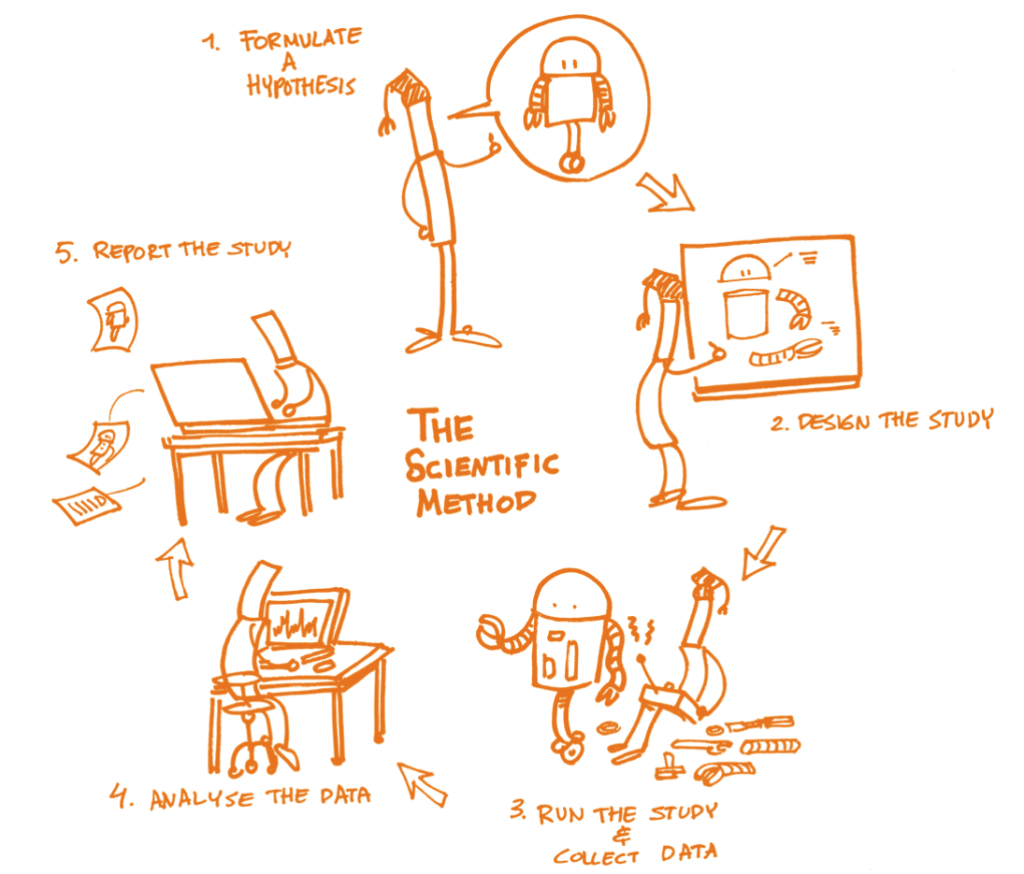
Study historical monuments like the Taj Mahal, Qutub Minar, and ancient cave temples to understand architectural principles and cultural significance. Analyze contemporary buildings in India, focusing on innovative design and sustainable practices. Study urban planning projects to address issues like slum redevelopment and Research sustainable architecture, incorporating passive cooling techniques and local materials.
Methodology

The summary discusses the methods used to study, including qualitative methods like interviews and case studies, quantitative methods like surveys and GIS mapping, mixed methods, interdisciplinary approaches, and ethical considerations. It emphasizes the importance of obtaining informed consent, maintaining confidentiality, and admiring cultural sensitivities while guiding research.
Conclusion
Expanding collaborative efforts across these diverse arenas is essential, and architects are actively included in creative endeavours. By weaving together insights from architectural research, designers can address the unique challenges faced by Indian communities and environments, fostering sustainable development and enhancing the well-being of our society as a whole. This calls for a concerted effort to prioritize architectural research within the Indian context, ensuring that it receives the attention and investment it deserves in the pursuit of holistic progress and innovation. While acknowledging the significance of research, it’s imperative to recognize that integrating architectural research into multidisciplinary studies, encompassing public health, environmental science, medicine, and beyond, is equally crucial.
Content Writing And Research By: Ar. Priyanshi Shah
The post Architectural Research – Crafting building through narrations appeared first on The Architects Diary.
Leave a Reply